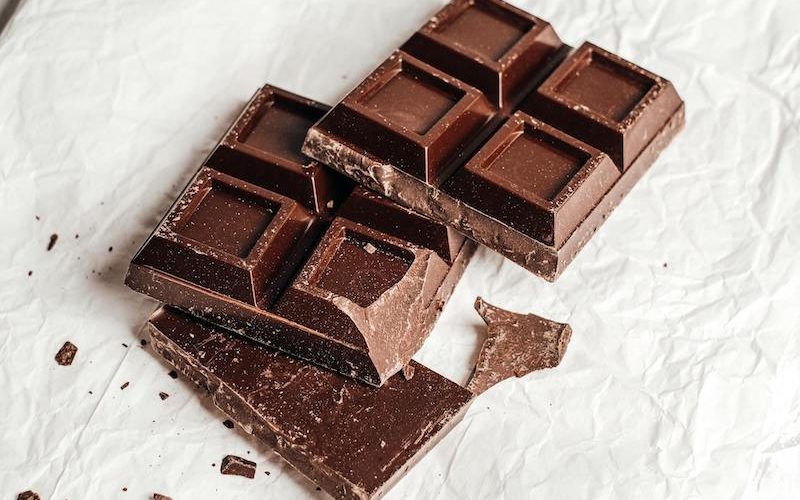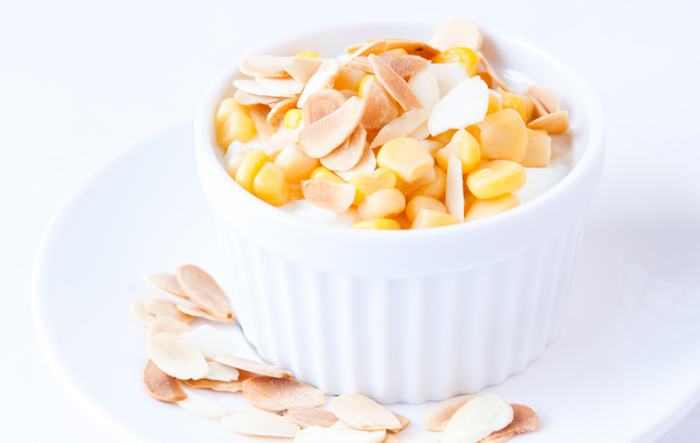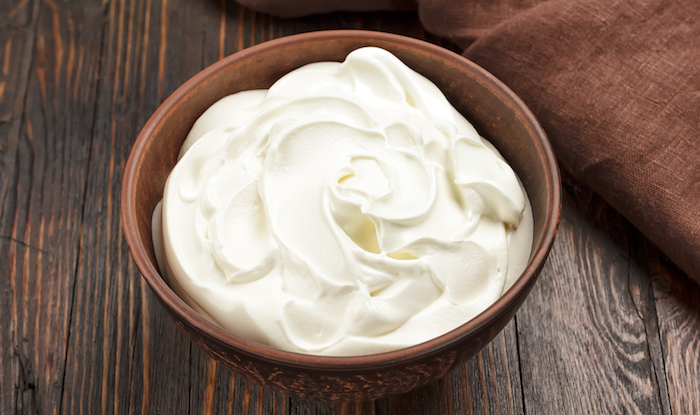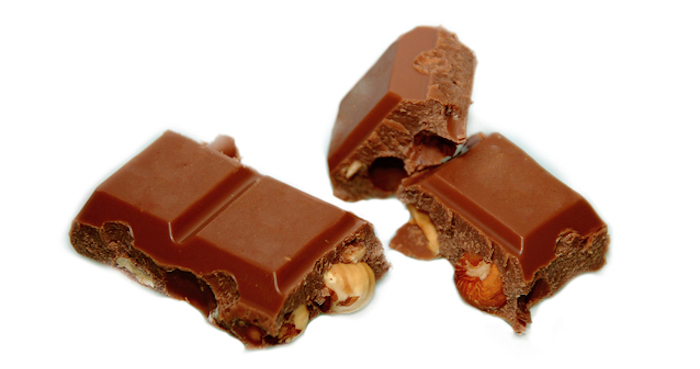Since there are now more types of chocolate than ever, here are a few things to keep in mind when you’re baking with chocolate:
1. Know the percentages of cocoa matter.
These days, many chocolate labels include the percentage of cocoa matter (cacao) in a bar. The cocoa matter includes the flavorful cocoa powder, as well as the fatty, nearly flavourless cocoa butter. For semisweet, that means 45 to 55 percent cacao, for bittersweet between 56 – 70 percent cacao and for dark more than 70 percent.
2. Choose Chocolate brands wisely.
Chocolate brands often tout words and phrases such as organic and fair trade on their packaging, some even include where the cocoa beans originated. Organic chocolate means the cocoa beans were grown without the use of synthetic pesticides and conventional fertilizers and that it also contains other organic ingredients. Fair trade means farmers received a fair wage for their crops. Many companies work in environmentally and socially responsible ways without having official certification. It is best to research the company behind the chocolate if you’d like to learn more.
3. Use the right cocoa powders.
Natural cocoa retains chocolate’s acidity and slight reddish tinge while dutch-processed cocoa is treated with an alkalizing agent to make it darker and richer tasting. Keep in mind that dutch-processed cocoa powder is not acidic, so it will not react with baking soda. Please be careful when making a swap in recipes that contain baking soda.
4. Consider the cocoa nib.
Nibs are the unsweetened bits of fermented cocoa beans, can be consider as the new chocolate chips. Even though they are not sweet, but they pack an intense chocolate flavor and delightful crunch that is just right in cookies, granolas and brownies.
5. Chop your own chocolate.
For the best result and taste, always chop yourself good quality chocolate bars rather than use chips. Most chips contain a lot of an emulsifier to help them keep their shape as they bake. This can make the chocolate less flavourful.
Read 1804 times!



